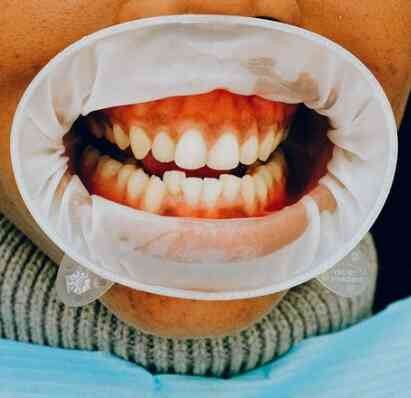Dental Implant Planning is various process
In the process of dental implant planning, you will 강남치과 meet with specialists in various fields including an oral and maxillofacial surgeon, periodontist, prosthodontist, and ENT specialist. You will undergo a comprehensive exam to determine your specific needs, which may include dental X-rays, 3D images, and dental models. The following is a brief overview of the planning process. After all, it is important to choose the right professionals for your needs.
DTX Studio for Dental Implant
Digital data are the backbone of dentistry. Without it, dental professionals are left to guess, and uninformed decisions can be costly for patients. Fortunately, the DTX Studio dental implant planning software suite provides clinicians with a way to generate information and uncover facts for each patient. It also allows them to visualize and share patient-specific treatment plans with colleagues. Here’s a look at how it works.
3Shape Implant Studio
Digital dentistry is the future, and 3Shape Implant Studio can help you get there. This software helps dentists plan the best possible placement of dental implants, taking into account bone density and nerve locations. It also enables dental technicians to design a surgical template based on the desired placement of implants. The software comes with a wide range of prosthetic components, including customized surgical guides and x-rays.
Straumann CARES Guided Surgery
With the help of a digital imaging system, the surgeon can design the exact shape and position of the implant. This system also provides four important implant parameters. The depth of the surgical sleeve is also shown in the plan. Surgical templates are manufactured locally with high precision and fast turnaround time. In addition to 3D data, the surgeon can use specially designed guided surgical instruments and tools. One of the major benefits of the system is its compatibility with coDiagnostiX and other 3D planning programs.

MRI with Dental Implant
AI systems are helping dentists to predict which implants are likely to succeed in a patient’s mouth. The study examined 75 CBCT images and determined the bone height and thickness of 508 areas where implants would be needed. A human observer then assessed the images to determine the extent of bone loss in these areas. After the human observer’s measurements were complete, the computer analyzed the images using a deep convolutional neural network.
Virtual models
The feasibility of virtual models for dental implant planning has been tested with a variety of imaging methods, including magnetic resonance imaging. These methods use computerized models and simulated drill guides to help surgeons plan a procedure. However, the feasibility of virtual models for dental implant planning was not dependent on the data format or method used to generate them. In this study, we compared four systems that use digital images to generate virtual dental models.
Facial and intraoral photos
An effective dental implant plan must take advantage of intraoral and facial photos. The use of intraoral photos enables the dentist to see the patient’s entire face and evaluate whether a treatment is appropriate for their needs. It is important to have a complete picture of the patient’s mouth, since a dentist cannot always see the entire face using the naked eye. In addition, intraoral photos can identify any potential problems before the surgery.
Dr. Sock
One of the reasons why Dr. Sock has achieved national recognition for dental implant planning is his innovative use of state-of-the-art computerized virtual treatment planning. This process is not only painless but also allows Dr. Sock to make a more accurate plan based on the patient’s unique anatomy. This technology allows him to create a realistic 3-D model of the patient’s mouth. Once the dentist creates the virtual plan, a customized appliance is created.
Dr. Daly
Dr. Daly has extensive experience in oral surgery and dental implant planning. He has received numerous awards during his education, including the Academy of Osseointegration’s Outstanding Student in Implant Dentistry Award. After graduating from dental school in 2015, Dr. Daly continued his training at the Veterans Affairs Medical Center in Providence, Rhode Island. He later settled in Webster, NY, where he met his future wife, Dr. Kayleigh Comfort Daly.
Dr. Holewa
This model is then used in computer software to create a treatment plan. Next, the appliance is fabricated using this plan. The entire process can take up to one year. During the entire process, you’ll have the opportunity to ask questions and discuss your Dental Implant treatment options with Dr. Holewa.